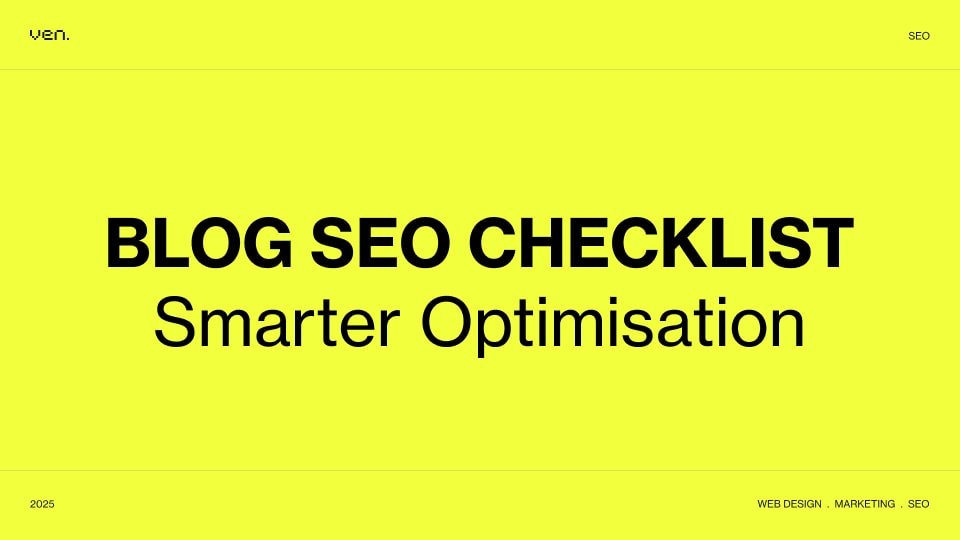A comprehensive SEO strategy will bump your website’s rankings on search engine results pages. However, your SEO strategy should not be aimed at desktops only. Regarding page rankings and indexing, Google cares more about mobile.
The mobile version of your site matters to Google
The mobile version of your site is more important than you might think. Google’s ever-improving algorithm is now rooted in mobile-first indexing, which means that the powerful search engine uses the mobile version of your site to decide where you’ll rank in its results pages.
If your site isn’t mobile-friendly, Google will punish it accordingly – either by pushing it further down the ranks of the search engine results pages or by making it entirely invisible to users.
Think about UX on mobile
User Experience (UX) focuses on the experience that users have when they visit your site. Ideally, you want their experience to be a positive one. If they feel that their time spent on your site has been a waste, they will likely click out of it and never return.
To ensure that visitors to your mobile site have a positive experience, you must create an easily accessible, engaging, and responsive design. By incorporating UX writing into your copy with simple and straightforward information, users will be much more likely to turn into leads.
Write mobile-friendly content

Capturing users’ attention amongst all the online noise is not easy. To make your website more appealing to potential visitors, ensure that the copy is easy to consume.
Write short, coherent sentences displayed with adequate spacing, so the reader isn’t overwhelmed with a large, single block of indigestible text. The font also needs to be large and easy to read on a smaller screen size than its desktop counterpart.
Create a positive experience across all devices
Think about your website pain points. Is your site quick to load and easy to navigate across? Does it have a clear Call To Action (CTAs) and SEO-focused content?
The mobile version of your site should be at the same high calibre of design, navigation and ease of use as your desktop site. No matter which device users view your website from, their experience should remain the same – and it should be positive.
Mobile-first indexing is the future.
Though mobile-first indexing doesn’t currently apply to everyone, it will soon. To ensure your website is always ahead of the game, watch out for changes to Google’s algorithm and action the search engine’s recommendations as they arise.




